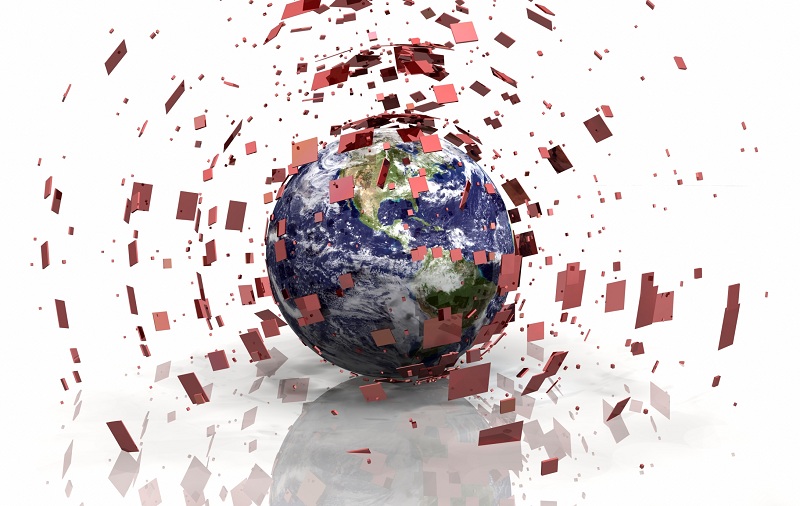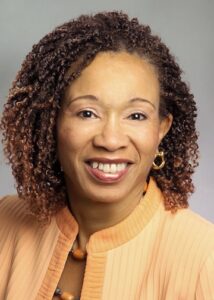By Mary-Frances Winters

While diversity and inclusion (D&I) practitioners have been aware that the issues of diversity and inclusion span the globe, until recently the popular sentiment was that the term “diversity” was a US idea that did not play well in other parts of the world.
I think that the “tipping point” has occurred as we see rapid adoption of the terms diversity and inclusion in Europe and other parts of the world as well as CDO’s being named at European, Asian and Australian companies.
Some examples of the expansion of diversity and inclusion globally:
- Last year, the European Diversity Awards were launched to recognize and celebrate organizations and individuals who have demonstrated innovation, creativity and commitment to equality, diversity and inclusion. Sponsors include Google, Royal Bank of Scotland, Unilever, and Barclays.
- The Economist sponsored a diversity summit in London in December 2012 called The Value of Inclusion. It brought together 120 senior executives: leading HR, talent and diversity professionals to address the business imperative for D&I.
- In November 2012, Deloitte Australia and the Victorian Equal Opportunity and Human Rights Commission released a report based on the opinions and experiences of 1550 employees of three large Australian businesses. The study found that when employees think the organization is supportive of diversity and they feel included, they report better business performance in terms of their ability to innovate and their ability to response to changing customer needs.
- The European Diversity, Business and Inclusion Congress, dubbed as Europe’s groundbreaking Congress for CEO’s and diversity executives and practitioners, will hold its fourth conference April 25-26, 2013 in Vienna.
- Canada has addressed issues of equity and human rights for almost as many years as we have in the US. They too are now using “diversity and inclusion” language. The Canadian Institute of Diversity and Inclusion, a non-profit member organization has recently been formed to address diversity, inclusion, equity and human rights in Canada’s workplaces.
- A number of companies have chief Diversity officers. Credit Suisse Group’s, AG CDO Michelle Gadsden-Williams, is located in Zurich, Switzerland. She works closely with the firm’s four regional CDOs (e.g. Asia Pacific). Lisa Kepinski is chief diversity and inclusion officer at AXA in Paris, France. Examples of other global companies with CDO’s in Europe include Deutshe Bank, Daimler, Pearson, L’Oréal ,and Vodaphone.
- As South Africa continues to address post apartheid issues of equality and human rights, researchers and academicians have embraced the terms “diversity and inclusion” to discuss the difficult journey towards authentic inclusion.
“Today’s modern organisations have no choice but to face choices regarding how to implement diversity initiatives and treat their stakeholders, given the globalized nature of capital markets. Unfortunately, their foci appear to be narrowly deployed at the ‘managing diversity’ level, or even the ‘acknowledging diversity’ level, but not getting to the necessary ‘inclusion’ level.”
While the key diversity issues vary from country to country, gender and persons with disabilities are the two diversity issues that span the globe and most governments and businesses outside the United States have put heavy emphasis on these two dimensions. For example France, Germany and Italy have quotas for hiring people with disabilities and Norway enacted a quota (40%) for placing women on corporate boards.
Other key global D&I issues include immigration, race/ethnicity, LGBT, colorism, work-life flexibility, and generations/age.
One of the reasons that “diversity” as a concept has “gone global” is “globalization”. Many US based fortune 100 companies have more than 50% of their employee base situated outside the United States. Additionally companies are choosing to move headquarters operations to different countries to take advantage of more favorable business climates. Thus the blurring of strict “national” boundaries makes it imperative for D&I professionals to understand how diversity issues manifest around the globe.
Implications and Recommendations for D&I Professionals:
Diversity and inclusion practitioners must adapt a global mindset which means:
- Having knowledge of the history, the culture, and the economic conditions that exist outside of our own geographic regions;
- Understanding of geo-political conditions and the impact on the global workforce;
- Knowing how to adapt behaviors and thinking to be culturally relevant in different parts of the world.
The skill set that D&I practitioners need to navigate the fast moving, dynamic and interconnected world is very different from even 10 years ago. While HR acumen is a given, the ability to effectively leverage diversity and inclusion around the globe is equally important. I think we will find that D&I leaders will increasingly be selected based on their global skills, operations experience and their systems thinking ability.

Dr. Mary-Frances Winters
Dr. Mary-Frances Winters is a leading diversity and inclusion practitioner and thought leader. She is the founder and CEO of The Winters Group, Inc., a 28 year old diversity and inclusion firm specializing in D&I assessment, education and strategic planning. Dr. Winters is the author of three books: Only Wet Babies Like Change: Workplace Wisdom for Baby Boomers; Inclusion Starts with I and CEOs Who Get It.






